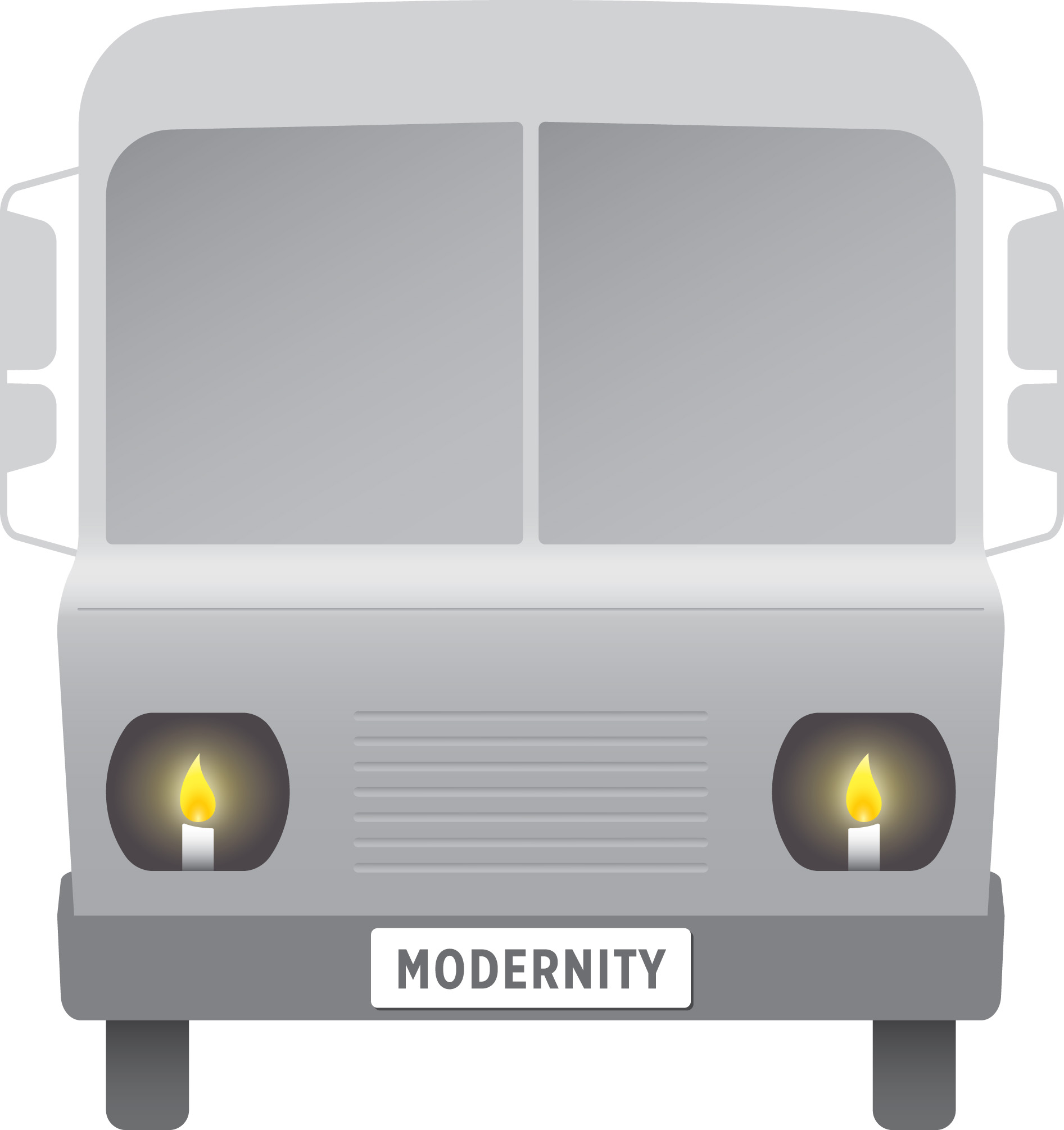Holotopia
Holotopia
Imagine...
You are about to board a bus for a long night ride, when you notice two flimsy, flickering streaks of light, emanating from the holes where the headlights of bus are expected to be. Candles? As headlights? You rub your eyes in disbelief. What sort of nonsense is this? A weird joke? An art project?
Well of course, the idea of candles in the role of headlights is so absurd, that it is difficult even to imagine. So why talk about it at all? Because on a much larger scale—on the level of our society as a whole, where the things are so large that we cannot see them with naked eye—this absurdity is the reality we are living in.
Our proposal
The crux of our knowledge federation proposal is to change the relationship we (as culture, and as people) have with information; and with knowledge. And by doing that, change the relationship we have with the world; and with ourselves.
What is the relationship we have with information presently like? Well, there hardly is any. As Neil Postman observed,
"The tie between information and action has been severed. Information is now a commodity that can be bought and sold, or used as a form of entertainment, or worn like a garment to enhance one's status. It comes indiscriminately, directed at no one in particular, disconnected from usefulness; we are glutted with information, drowning in information, have no control over it, don't know what to do with it."
Seeing things whole
So suppose this absurd situation ended, and we handled information as we handle other human-made thing—by suiting it to the purposes that need to be served. What would our information be like? By what methods, in what ways and by whom would it be created? How would information be used? What new information formats, what new kinds of information would emerge? How would the information technology be adapted and applied? In what way would our public informing be different? Or academic communication, or education?
The substance of our knowledge federation proposal is a complete and academically coherent answer to those and other related questions; answers that are not only described and explained, but also implemented—as a collection of real-life embedded prototypes.
We here refer to the proposed approach to knowledge by its pseudonym holoscope, to highlight one of its distinguishing characteristic: It helps us see things whole.
 Every whole has sides that are obvious, and sides that are hidden. A purpose of the holoscope is to illuminate what has remained obscure, so that we may correctly see our object of interest's shape and proportions.
Every whole has sides that are obvious, and sides that are hidden. A purpose of the holoscope is to illuminate what has remained obscure, so that we may correctly see our object of interest's shape and proportions.
If we should make things whole, we must first see them whole. And that's, of course, where the holoscope comes in.
The holoscope complements the approach of the sciences:
Science gave us new ways to look at the world, and our vision expanded beyond bounds. The telescope and the microscope enabled us to see the things that were too distant or too small to be seen by the naked eye. At the same time, science had the tendency to keep us focused on things that were either too distant or too small to be relevant – compared to all those big things nearby, which now demand our attention. The holoscope is conceived as a way to look at the world that helps us see any chosen thing or theme as a whole – from all sides; and in correct proportions.


